If you live in an area with low temperatures or experience a freezing winter season, then you definitely put fireplaces up there with the best inventions of humankind. The warmth a fireplace gives on a cold night, as well as the ambiance it creates just takes any space’s comfort level to a new high. Moreover, even if you do not live in an area with freezing temperatures but own a fireplace you know their worth.
Unfortunately, like any other house appliance, they are prone to malfunction. To add salt to injury, these malfunctions tend to occur at the worst of times. For instance, having an electric fireplace malfunction on a cold freezing night or when your friends and family visit, leaves you embarrassed or shivering.
Quite difficult to pick the worst of the two, right?
Normally, malfunctions in electric fireplaces begin after some years of use. The time of occurrence is due to electric fireplaces being made-up of different electric components that reduce in functionality over time or with constant use. Like a chain reaction, when the functionality of electrical components reduces the problems in an electric fireplace increase.
Luckily, electric fireplaces have a simplistic design that ensures most of the problems that arise are easy to diagnose and fix. However when DIY fixing electric fireplace problems it is important to identify the limits and consider getting professional assistance where required.
Below are some of the common electric fireplace problems and their in-house solutions:
- Running flame with no heat coming out.
One of the possible malfunctions in an electric fireplace is the flame running on the screen but with no heat coming out. Often this issue comes from having the wrong heat settings on the fireplace.
Solution: Adjust the heat settings of the fireplace. Here is how to go about it, if your electric fireplace has a dial make sure it is at the highest set point. Alternatively, if it has a mechanical thermostat knob turn it clockwise to reach the highest heat setting.
Some fireplace models have a switch on the side to control the heating element. If you are one of them, flip the switch on the side of the fireplace to enable the heating element. If the switch is stuck, use a cotton swab to clear any particles blocking the switch’s movement.
If after adjusting the heat settings manually, there is still no heat coming out then the fireplace has an internal control component problem. To solve this issue you should consider getting a professional to come in or you should acquire a new electric fireplace.
- Dimly lit flames
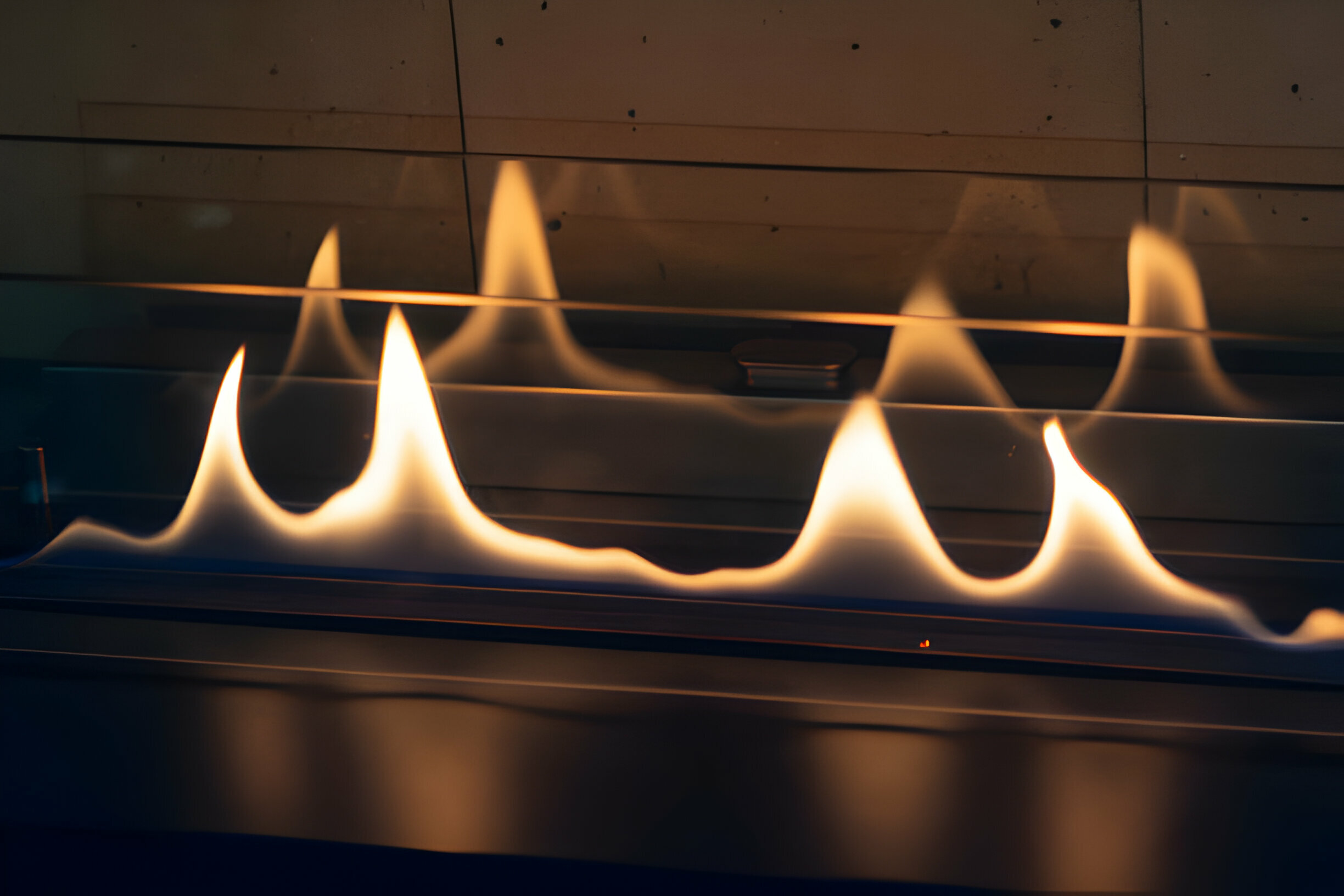
Another possible issue is the flame/logs on the fireplace glowing dimly. The cause of this is mostly low power supply and loose wiring or connections
Solution: Ensure the power supply is not low. If the power supply is optimum, you should check for any loosely connected fireplace wires and replace any faulty ones.
- Noise and smell from the heater fan
Dust and dirt pile up in electric fireplaces if not regularly cleaned. The pile-up causes the heater fan to give off a smell and make noise when the fireplace is running.
Additionally, loose components, a faulty flame rod, and dirt on the motor make the electric fireplace noisy.
Solution: first off, determine the nature of the smell. If it happens to be an electrical smell, unplug the fireplace and contact a professional for assistance.
On the other hand, if the smell is not electrical then proceed to determine the type of noise from the heater since the type of noise often indicates the likely cause.
Here is a brief breakdown of the type of noise and its likely cause:
- A vibrating noise in an electric fireplace is because of loose parts. To fix that you should tighten all nuts, bolts, and screws.
- A grinding noise means the flame rod is faulty. The best remedy here is to replace the faulty flame rod.
- A whirring noise indicates there is dirt on the motor. To solve this clean off any dirt, dust, or debris from the intake louvers and log cavity area.
- While a rattling sound indicates that, there are loose components within the fireplace. In order to prevent damaging any internal component of the fireplace you should seek professional assistance instead of opening up the electric fireplace yourself.
- The electric fireplace does not turn on
At times, an electric fireplace fails to turn on completely. This may be because of a number of reasons such as a loose wiring connection, a burnt fuse, a faulty power cord, a low voltage supply, or a circuit breaker that has tripped as a safety measure.
Solution: electric fireplaces run on electricity therefore for them to operate they need to be plugged into a power source constantly. For that reason, the first thing to do when an electric fireplace does not turn on is to check if the unit’s power plug is properly inserted into a standard outlet wall socket with a maximum voltage of 120V.
If the fireplace is well plugged into a power outlet and still does not turn on. Check if the main power button of the fireplace is “on or off”. If it is off, then proceed to turn it on for the fireplace to operate. Finally, check for any faulty wires and replace them.
- The fireplace turns off by itself
If your fireplace automatically turns off, it has a faulty malfunctioning remote control, the electric fireplace may have overheated or it has an issue with the fireplace control board (in newer versions) giving out error codes.
Solution: straight off the bat, replace the remote’s batteries. If the fireplace's automatic turning off persists, even after you have replaced the batteries consider getting a new remote.
However, if the issue is with the fireplace control board you should go through the user manual or reach out for professional guidance.
- The circuit breaker trips and a fuse blows
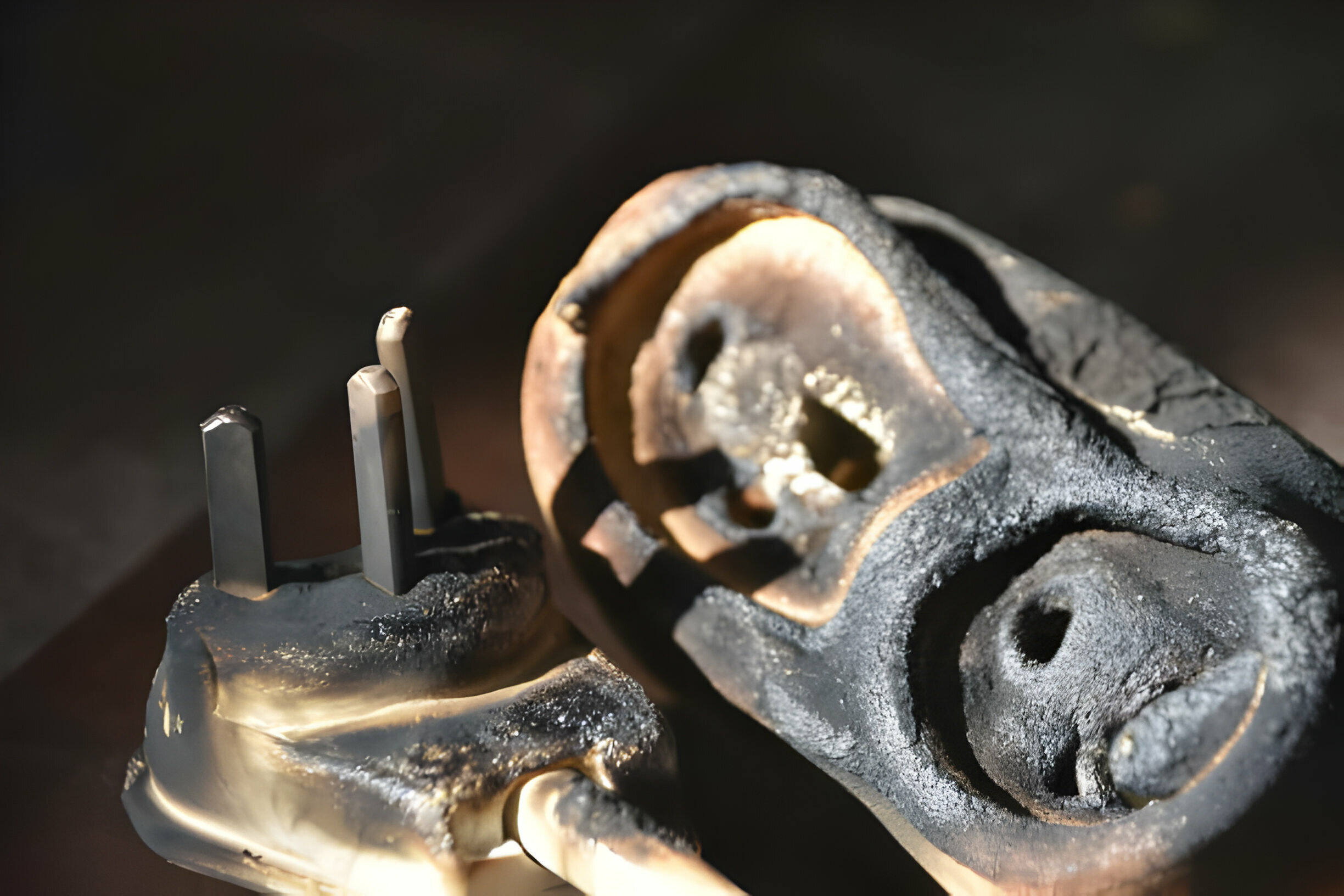
This happens due to a wire of the fireplace unit or power outlet having a short circuit. In addition, it may occur if multiple electric appliances that use up many amps are in the same circuit.
Solution: To determine the cause of the short circuit, begin by unplugging the appliance you suspect is using up the most amps. If the issue is persistent, you should plug the fireplace into another power outlet or acquire a 15-amp circuit to prevent a short in the wires.
- The heater is on with no heat coming out
The heater is on but there is no heat. This occurs due to your fireplace having a faulty blower or heating element. Similarly, a blocked inlet or outlet and having the wrong settings on your fireplace cause this issue.
Solution: As simple as it may sound, a quick fix for this problem is switching everything off and letting it rest for a couple of minutes before plugging it back.
If the “magic trick” fails, you should:
- Check the heating level currently set and change it to the highest level to get the right amount of heat.
- Check if there are any clogs in the inlet and outlet and clear them to allow free flow of air and heat
- Adjust the thermostat to be above your current room temperature.
After completing all of the above but there is still no heat, then the heating element in your fireplace is faulty, and you should consider replacing it with a new one.
- Frozen flame
This occurs when the heater is on but the flame does not move.
Depending on the version you have, electric fireplaces have a light bulb or motor to operate the flame. A burnt bulb or loose wire in the motor causes a “frozen flame”
Solution: If a light bulb runs your electric fireplace flame, you will simply need to replace the burnt bulb. If not, unplug the fireplace and check for any wires with loose contact, if they seem to be all-ok you will need to replace the flame motor.
- The fireplace overheats and switches off
As a safety, precaution when a fireplace overheats it enters into an overheat protection mode and shuts off automatically. Overheating tends to occur due to obstructions restricting airflow on the fireplace. Obstructions are like a blanket or a pillow over the fireplace.
Solution: if the fireplace is in overheat protection mode unplug the fireplace for some minutes then plug it back and switch it on. Finally, check if there is anything covering or clogging the inlet and outlet of the fireplace, and remove them to prevent overheating
Conclusion
After going through this article, we hope that diagnosing and fixing common electric fireplace problems becomes child’s play to you.
However, when you will be fixing your electric fireplace, it is important to note that you should only fix electrical components you are familiar with and comfortable with. Consult a professional where you feel uncomfortable or lack sufficient know-how.
That said if your electric fireplace is still dysfunctional after trying all the solutions talked about in this article consider getting a new unit.



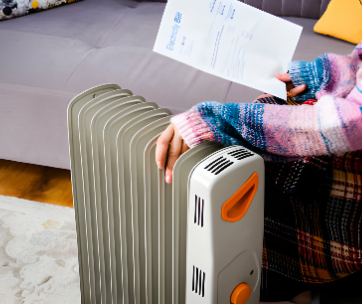
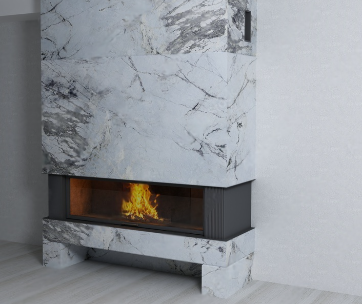
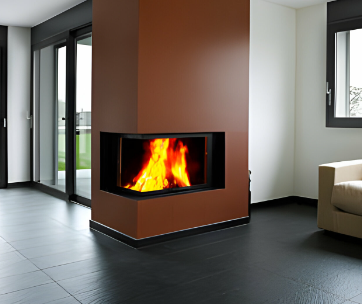
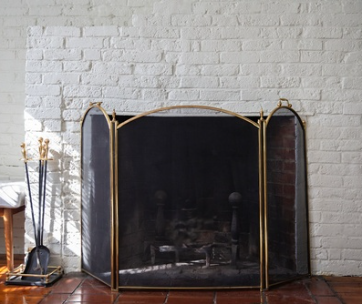
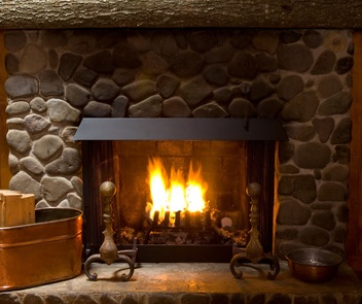
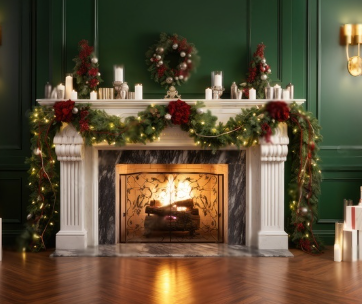
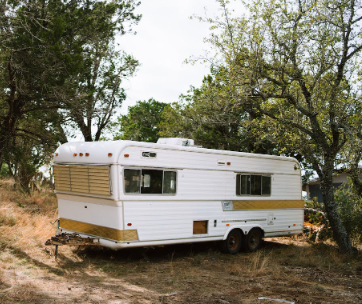
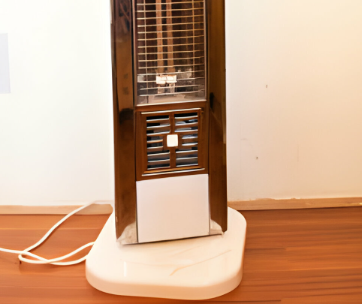
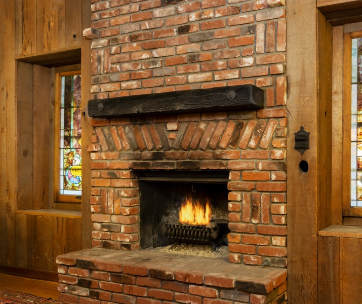
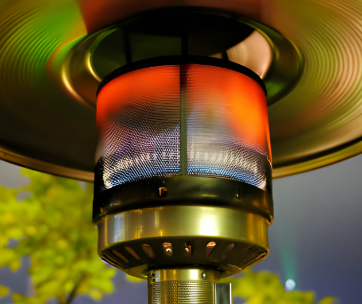
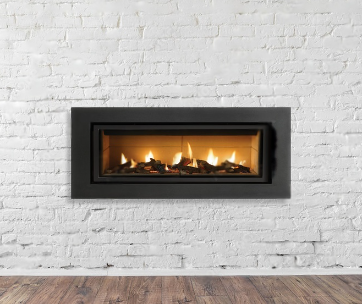

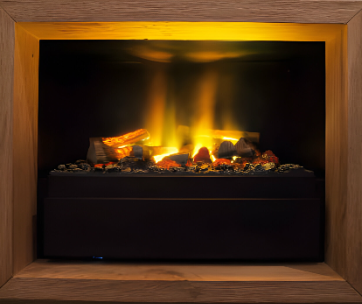



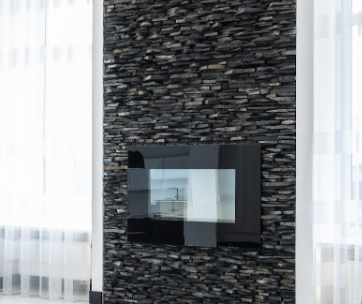
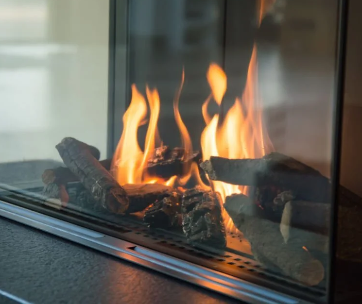
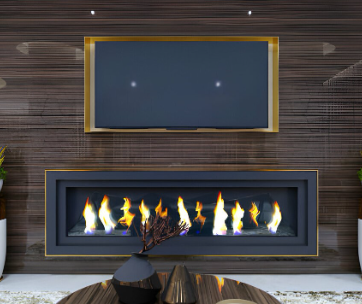
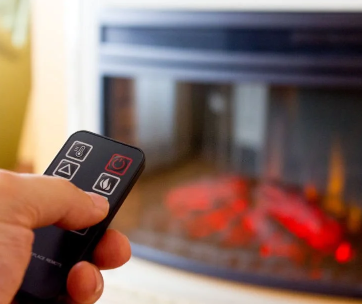

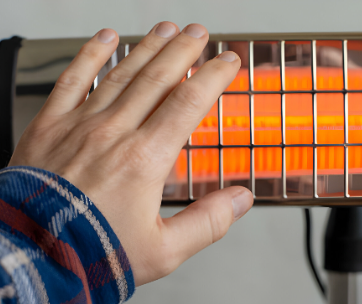

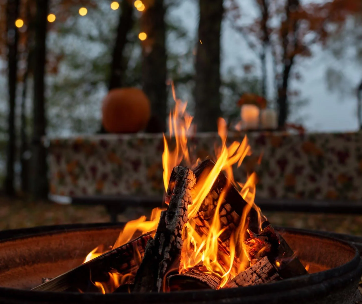
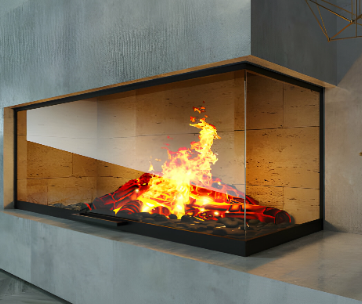
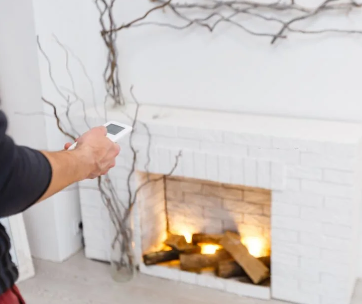
Comments